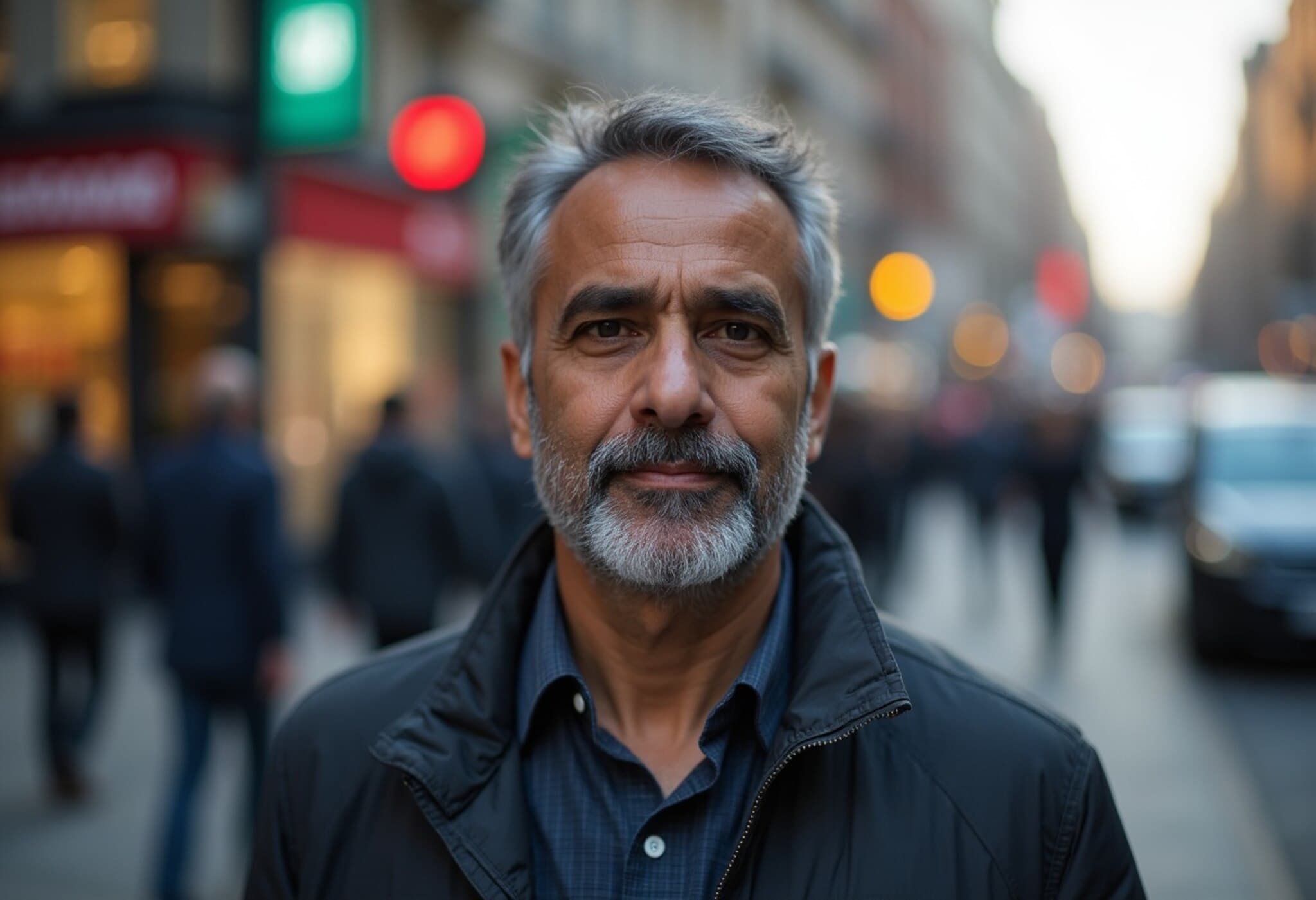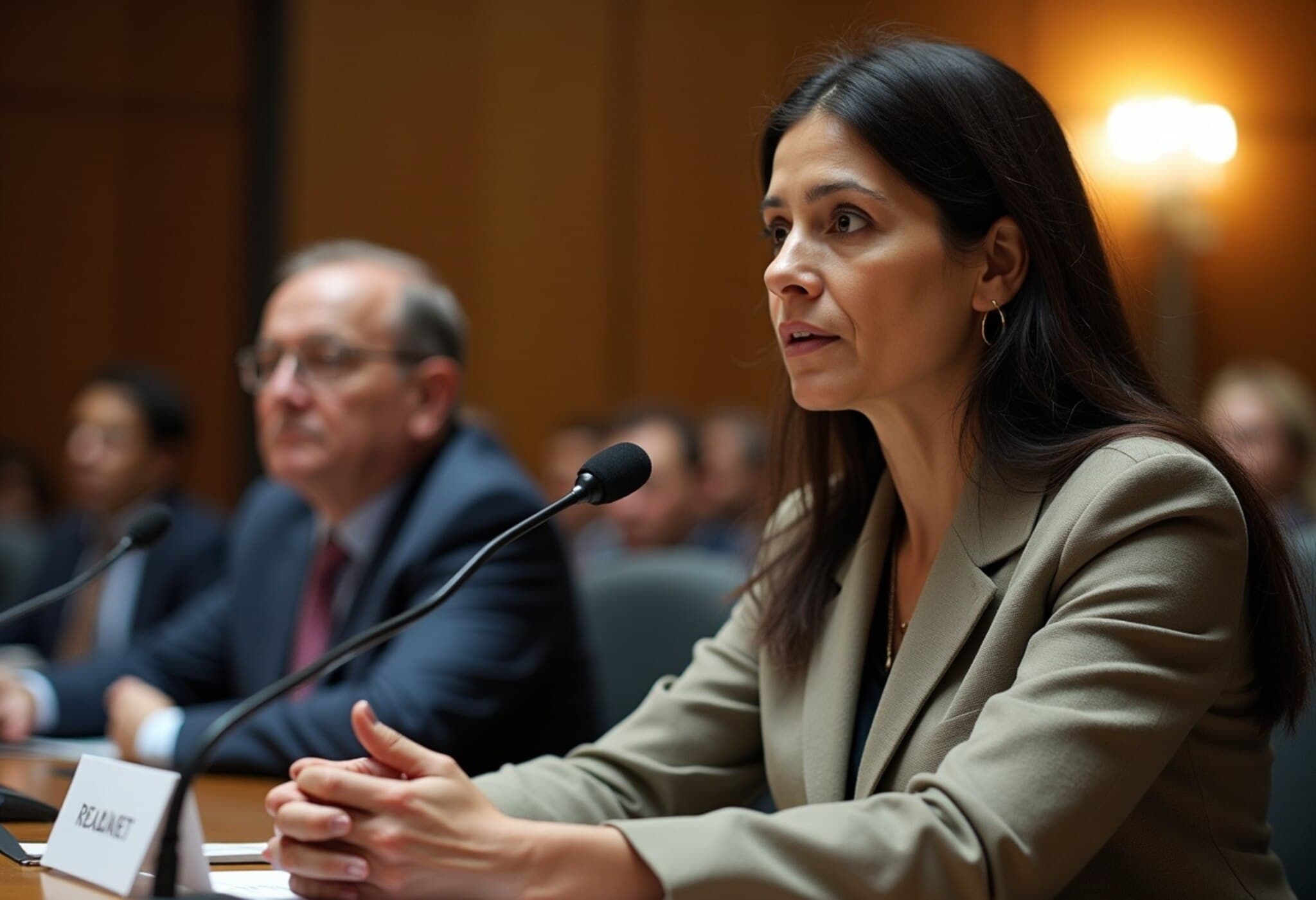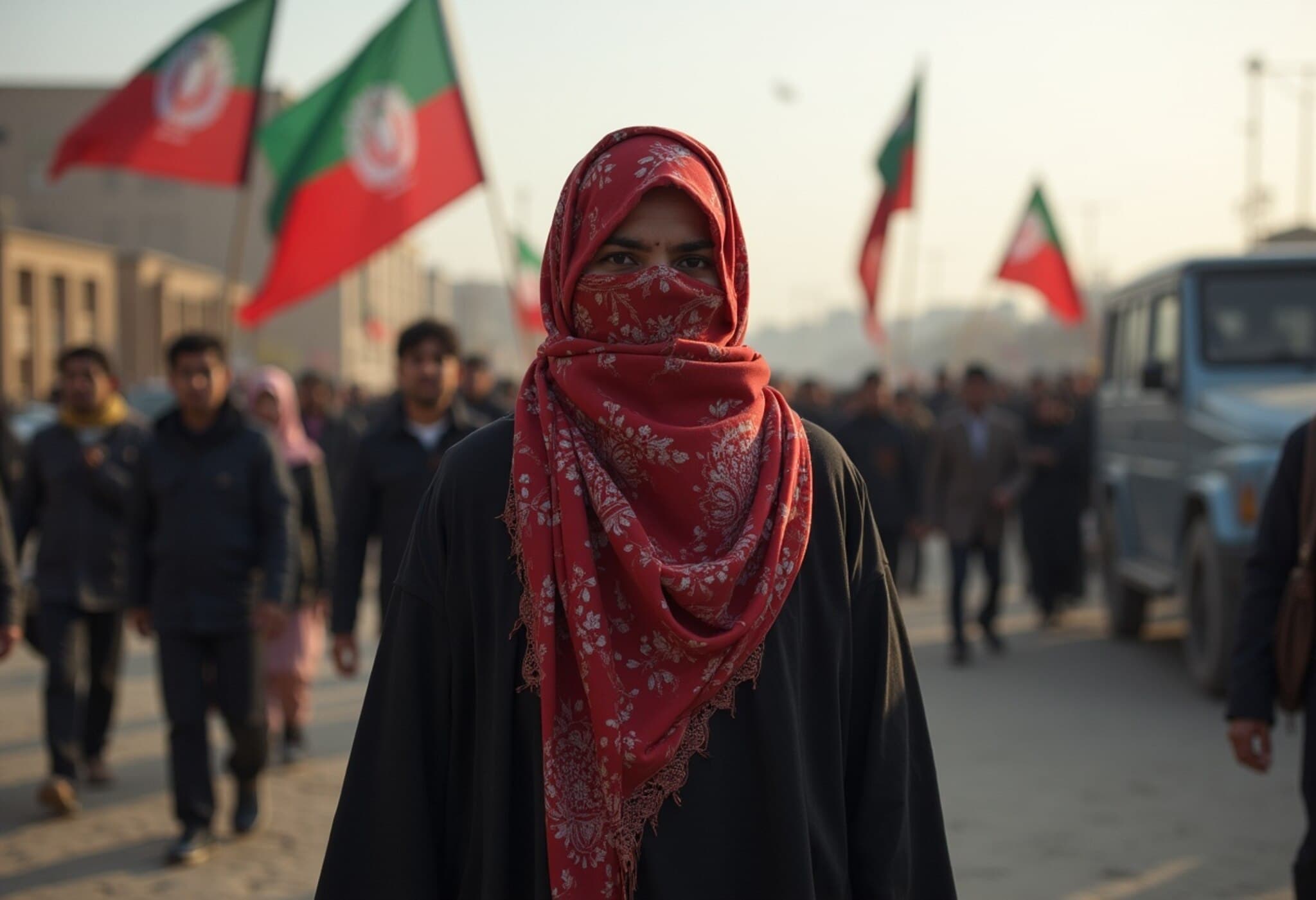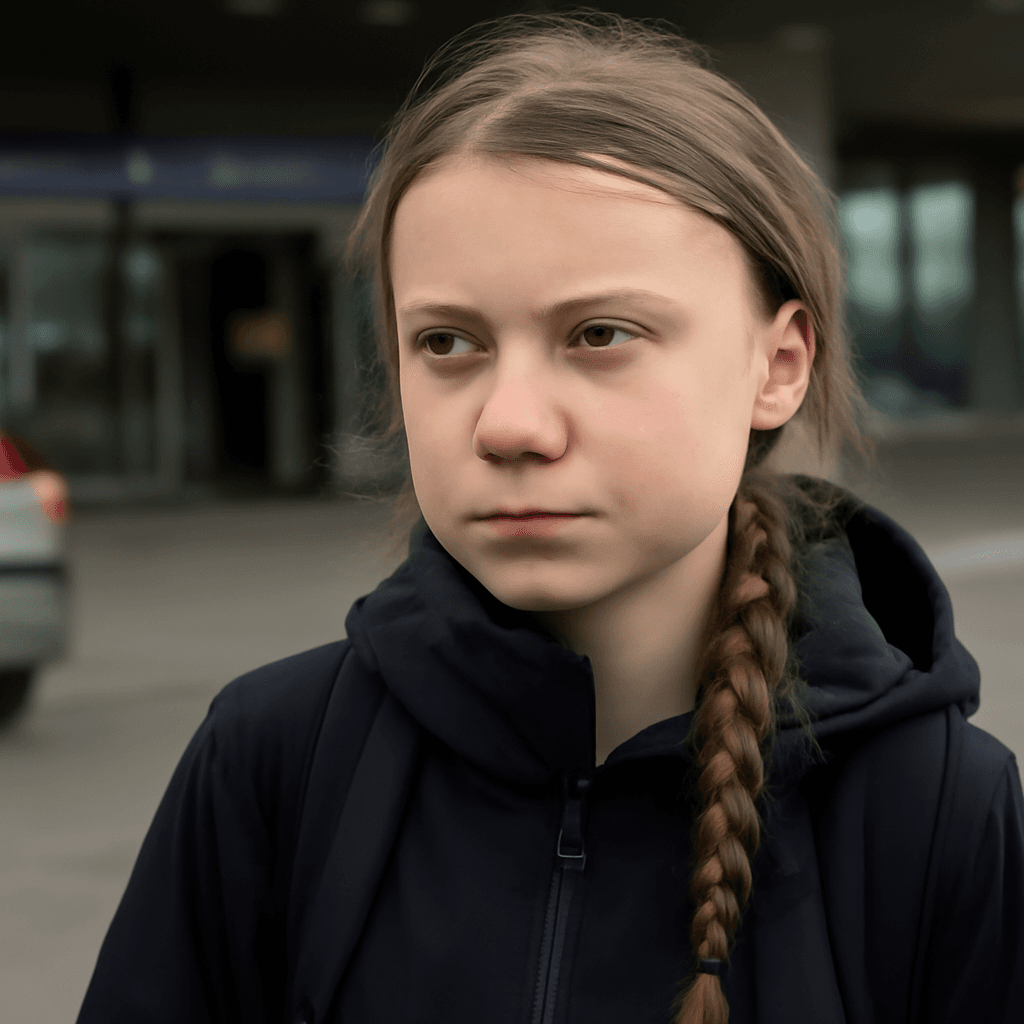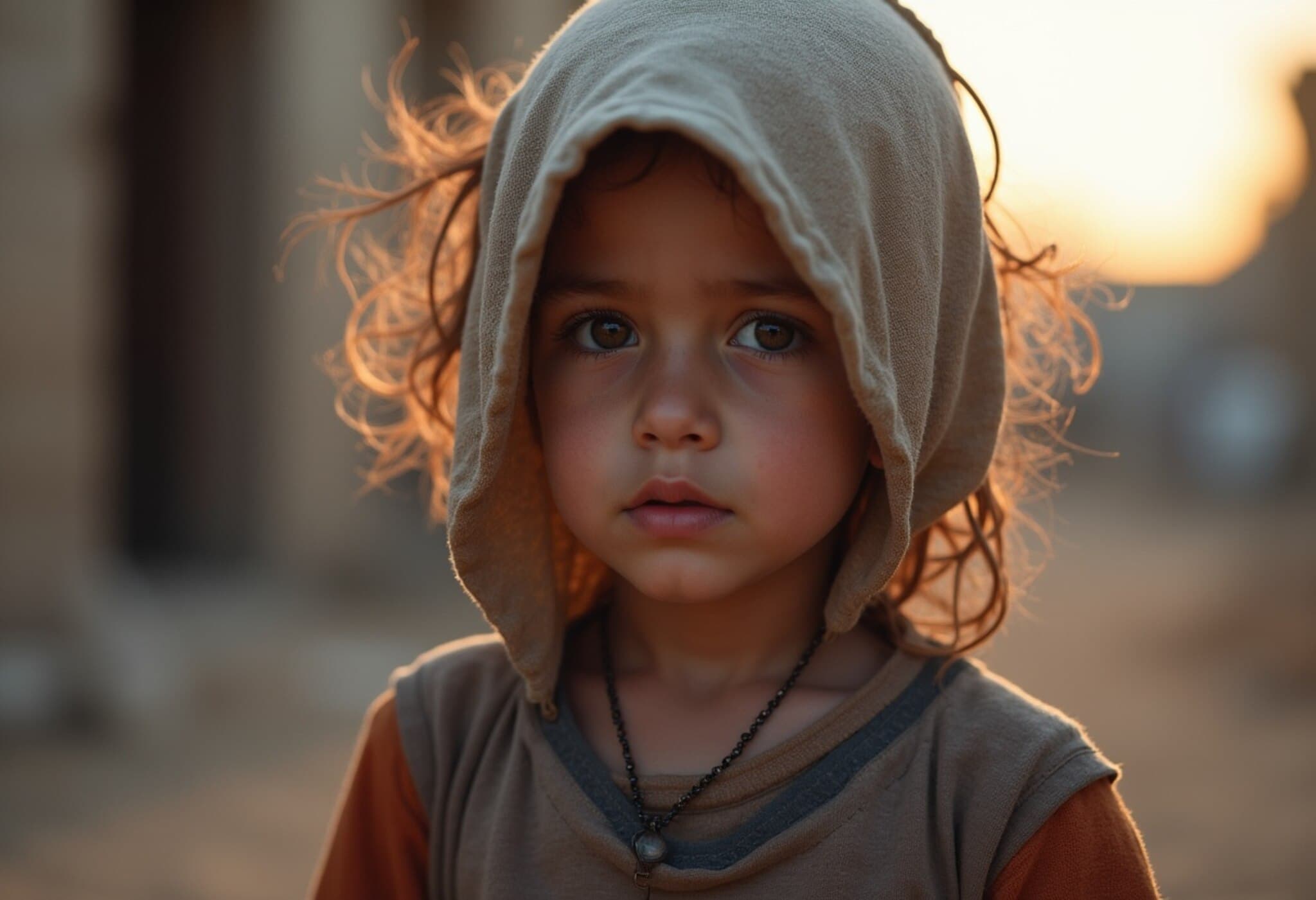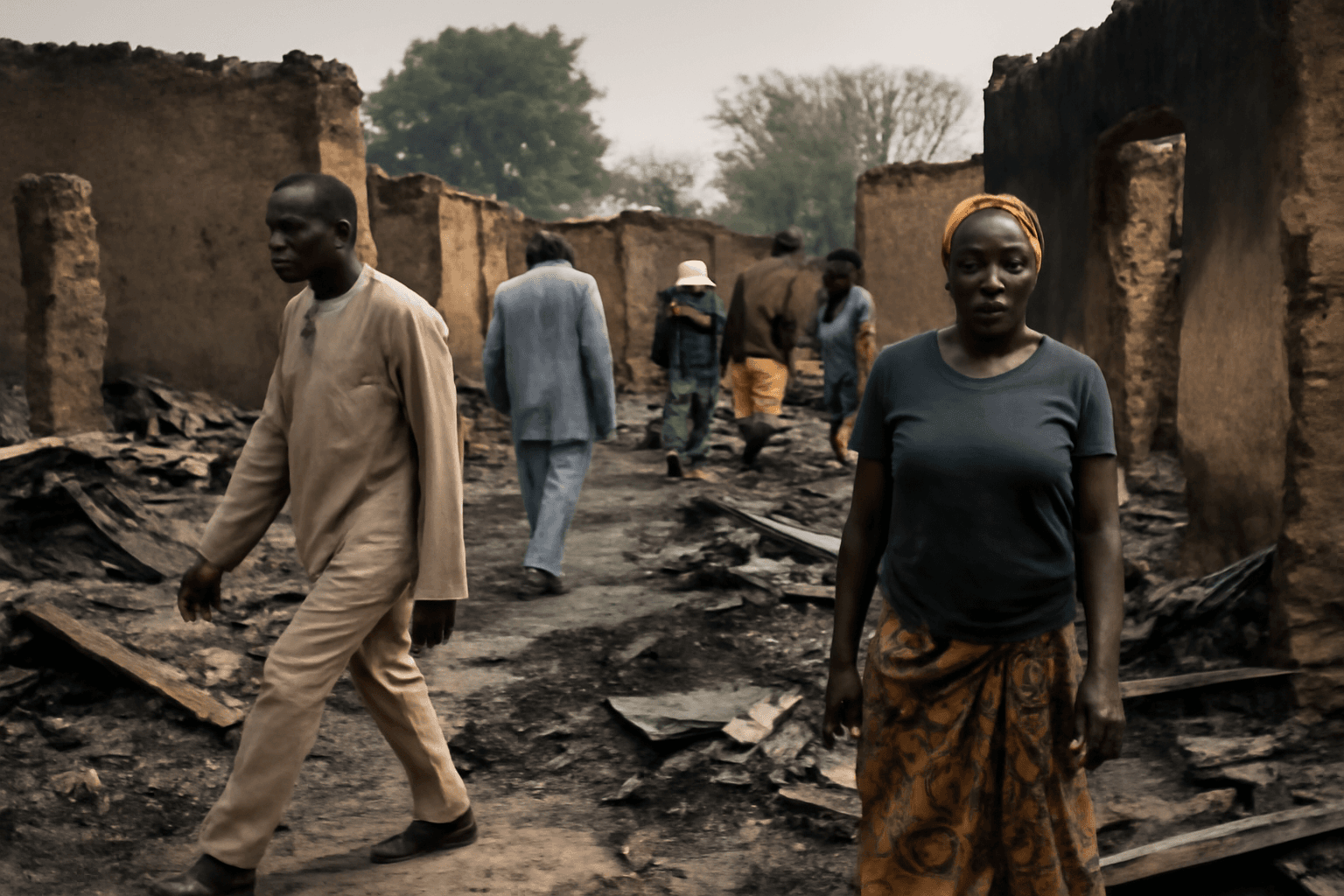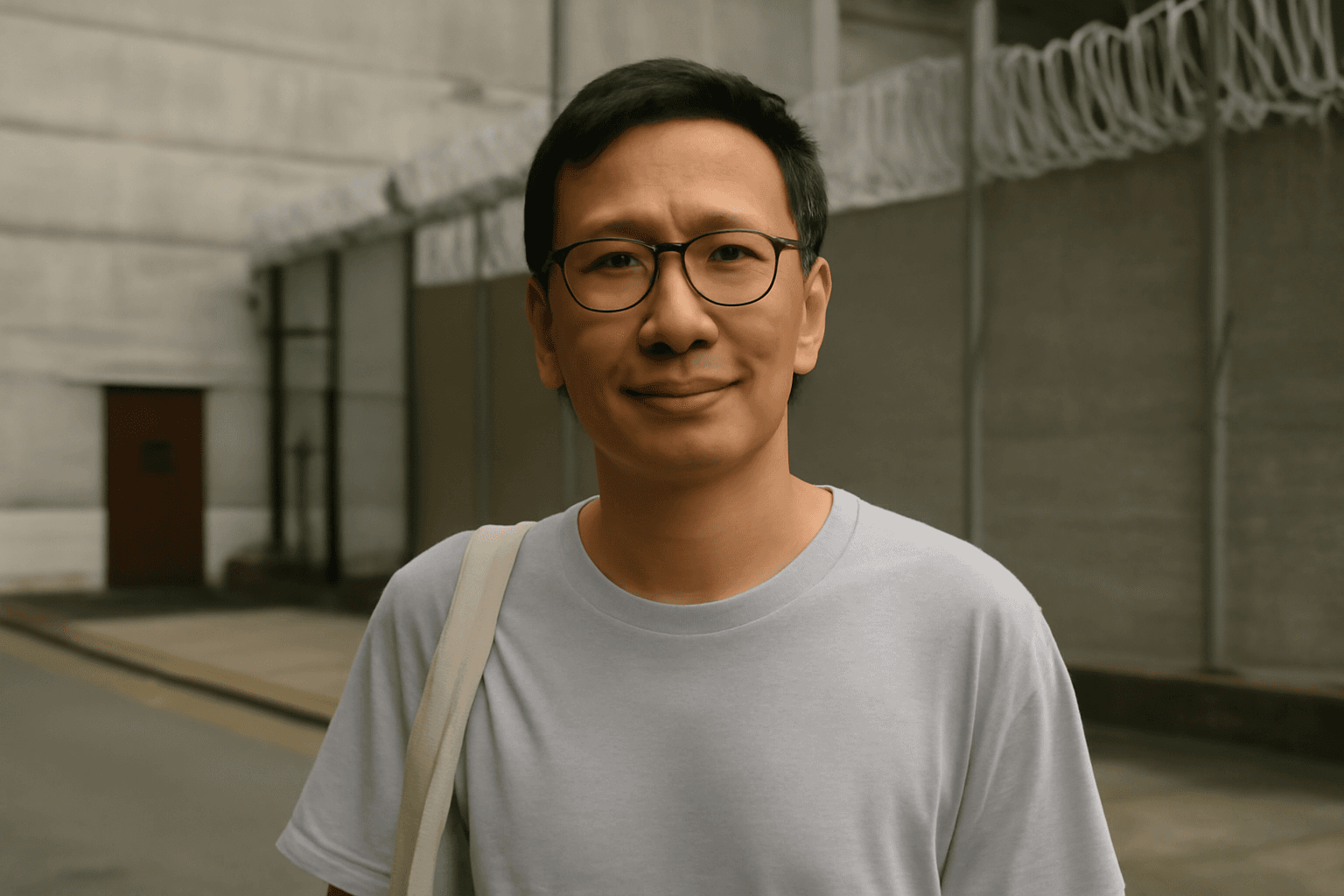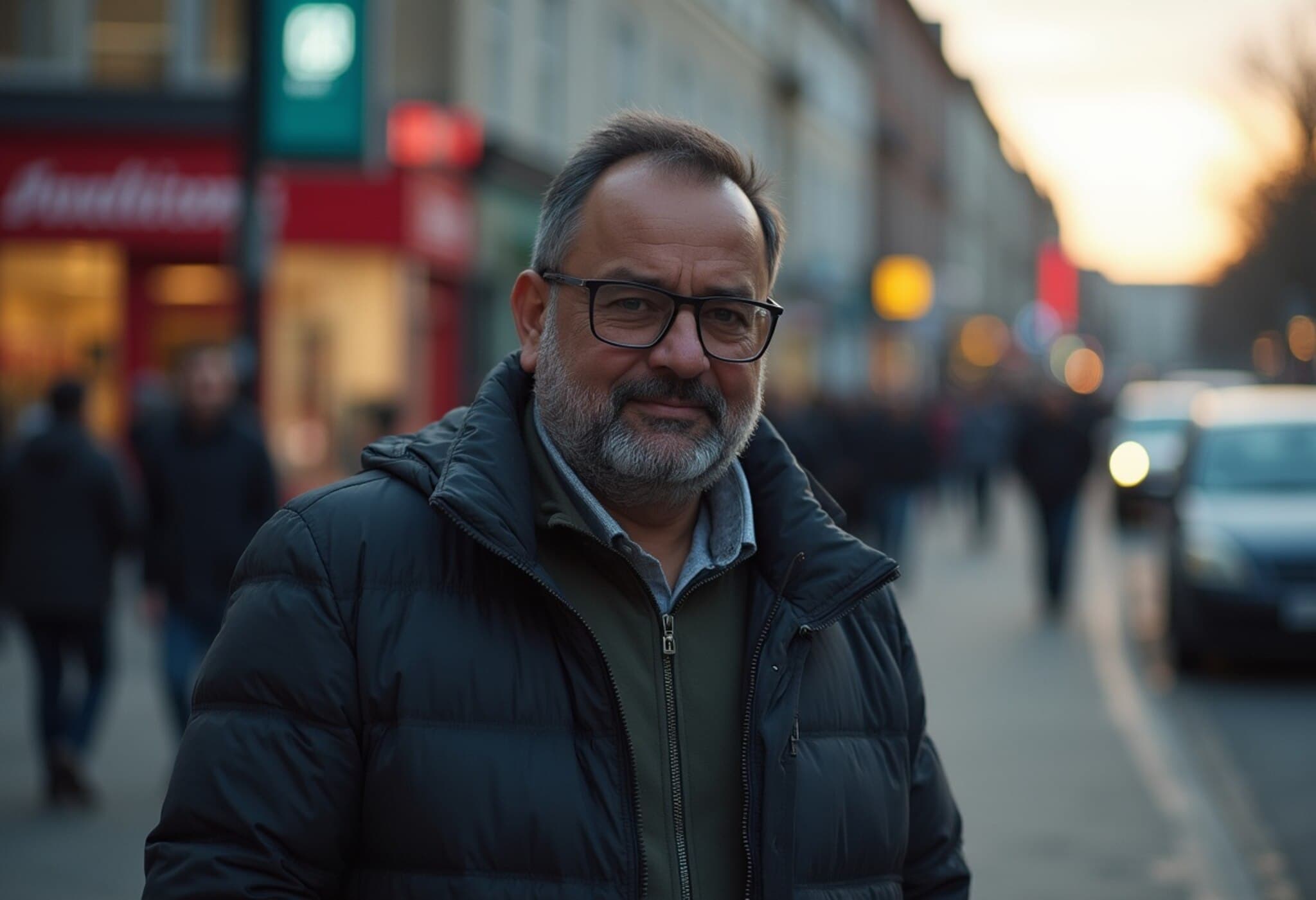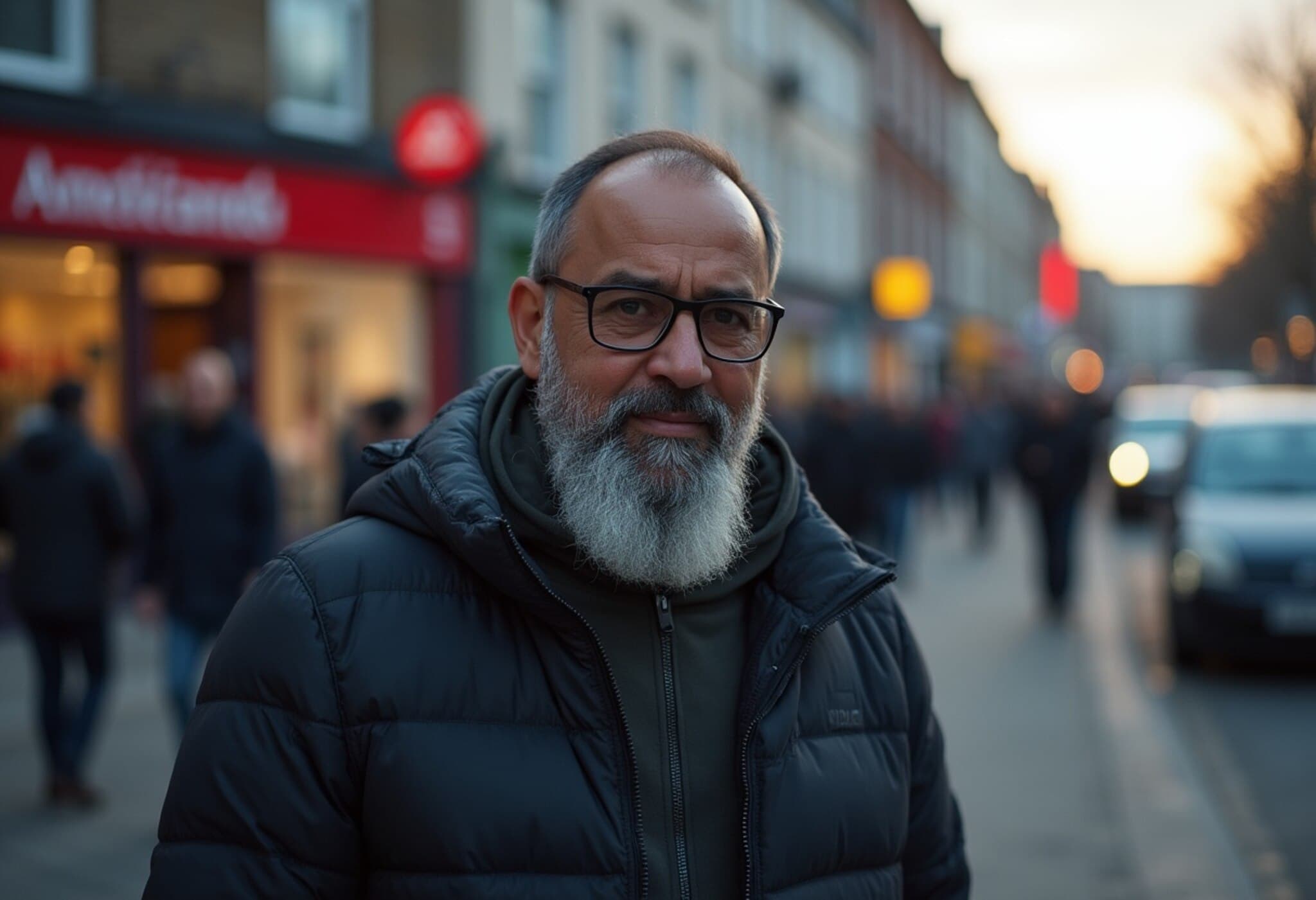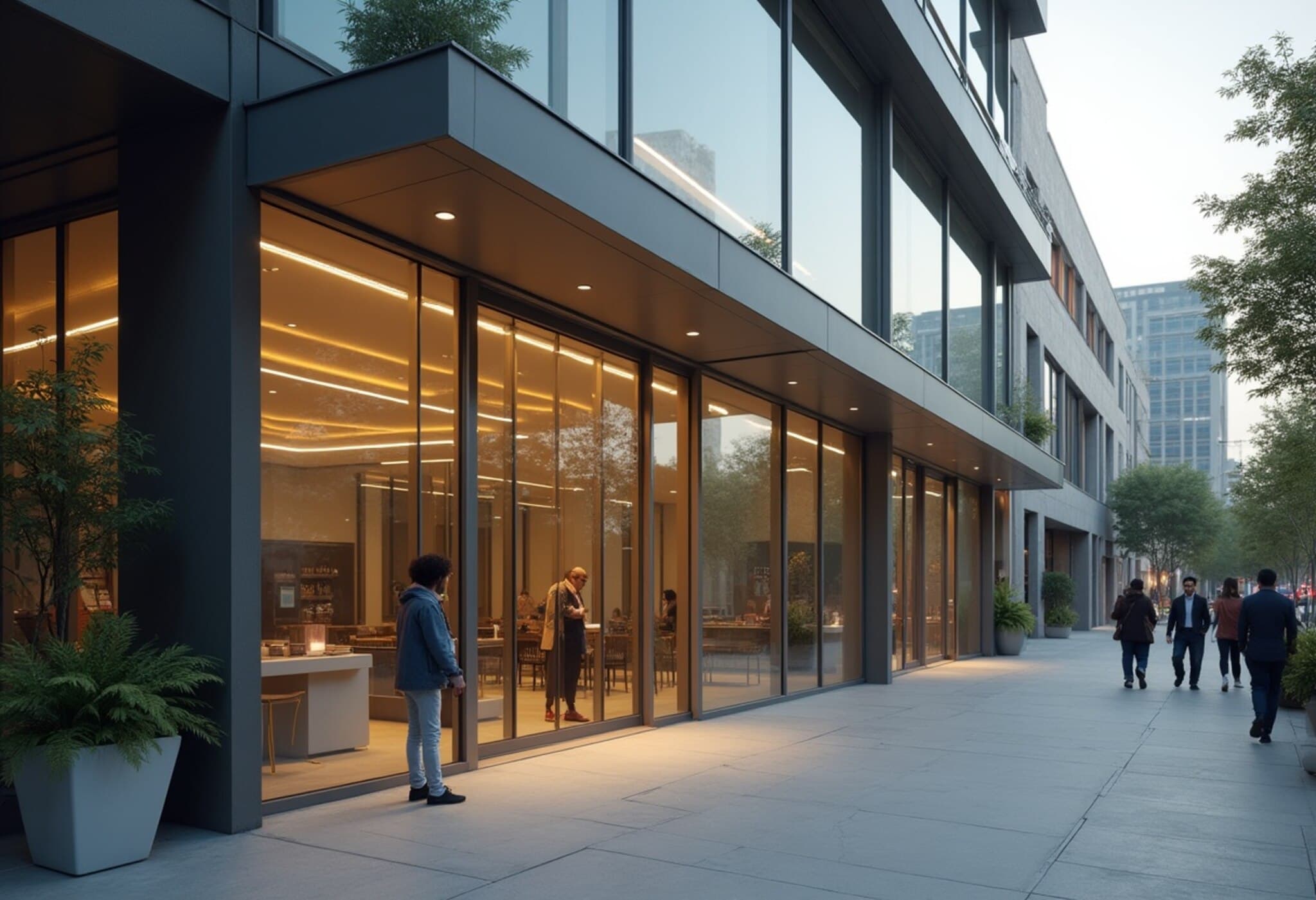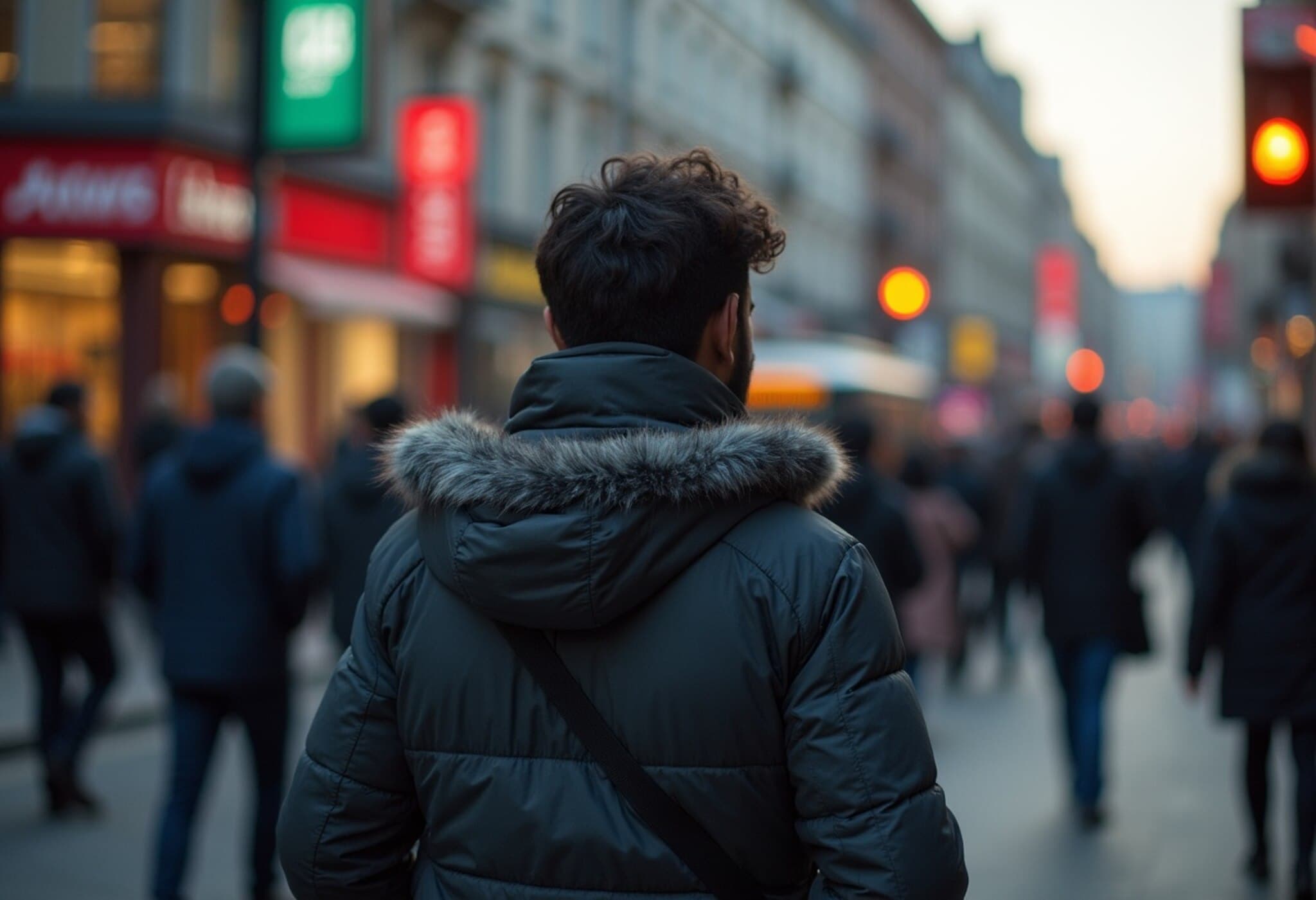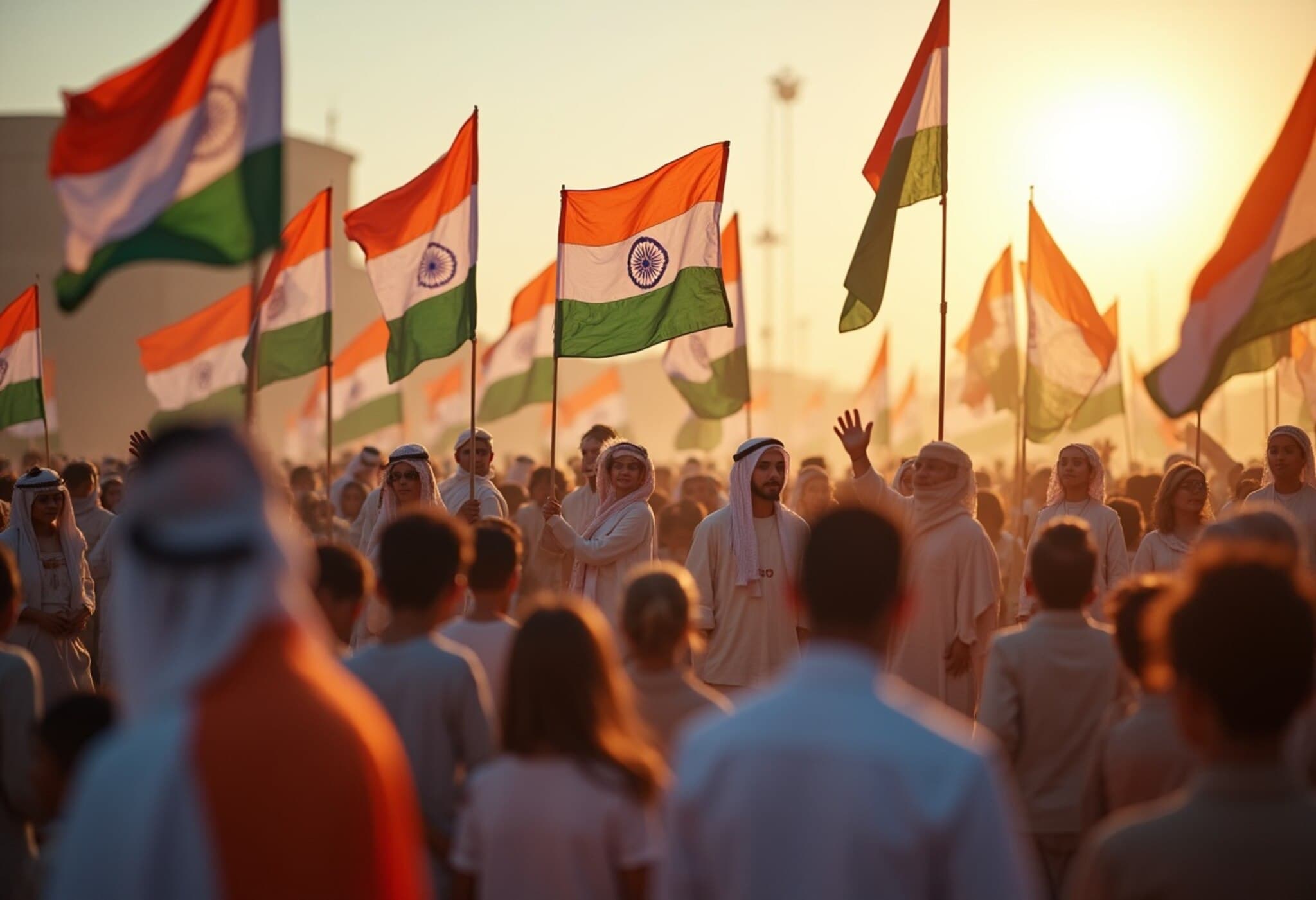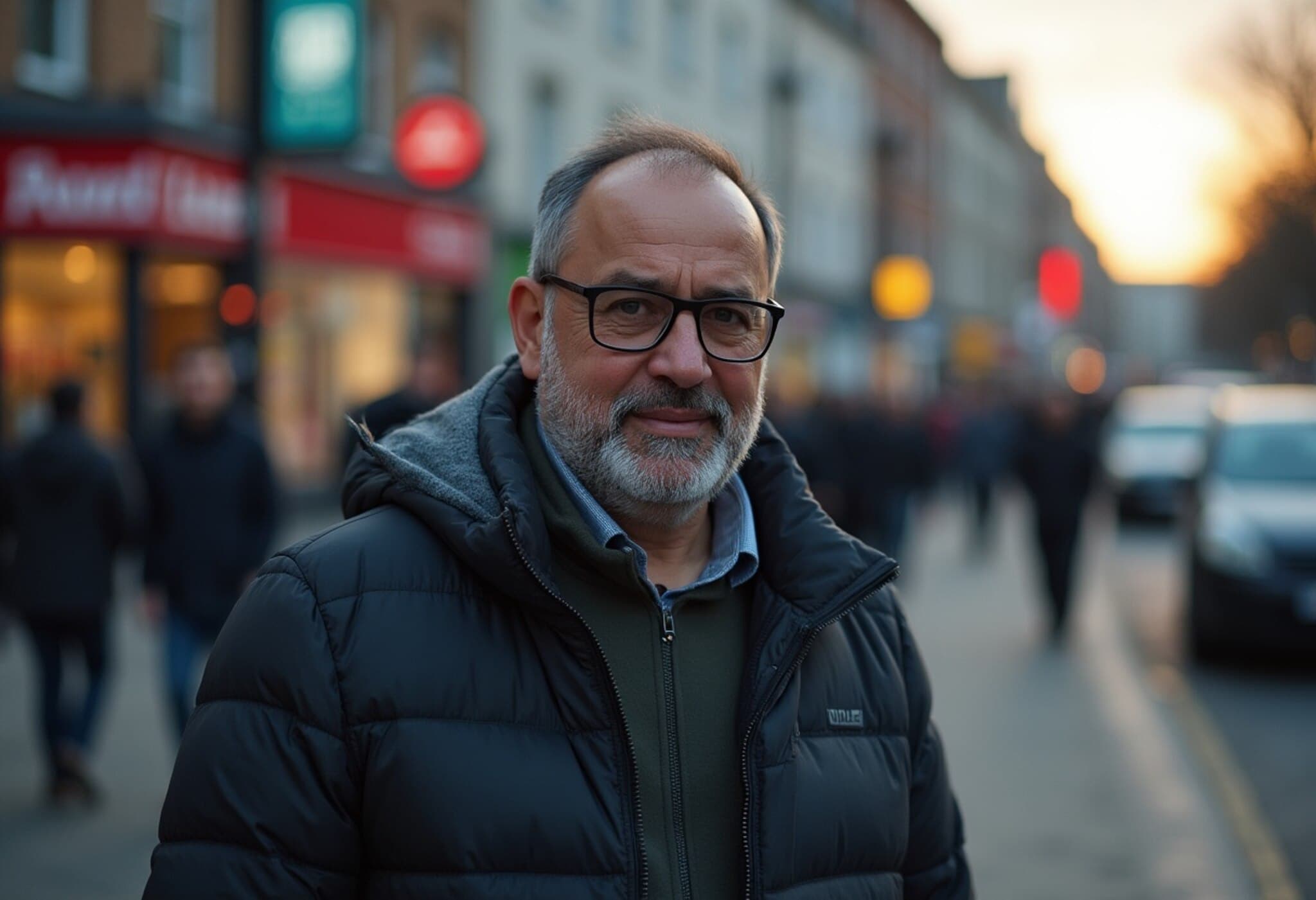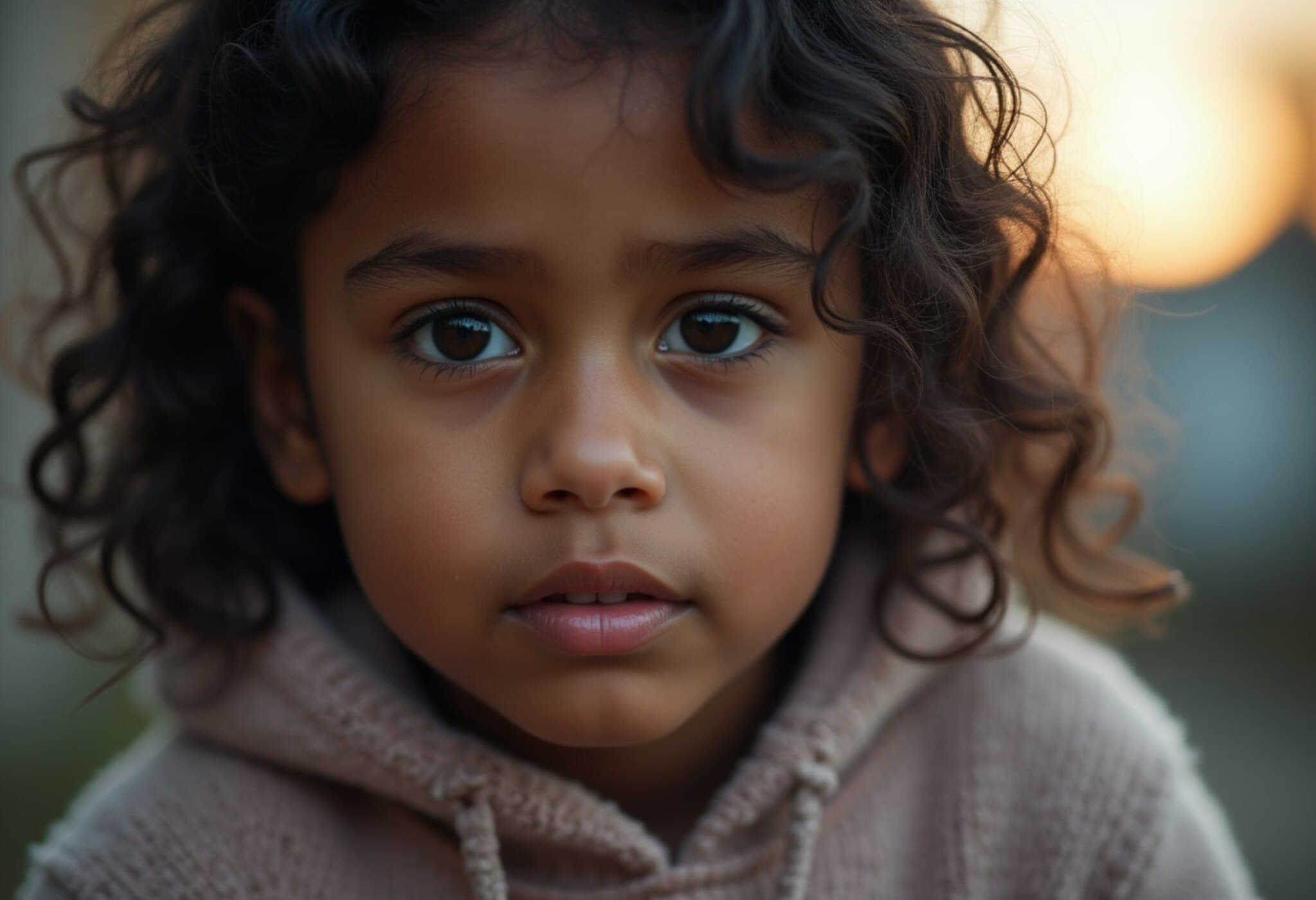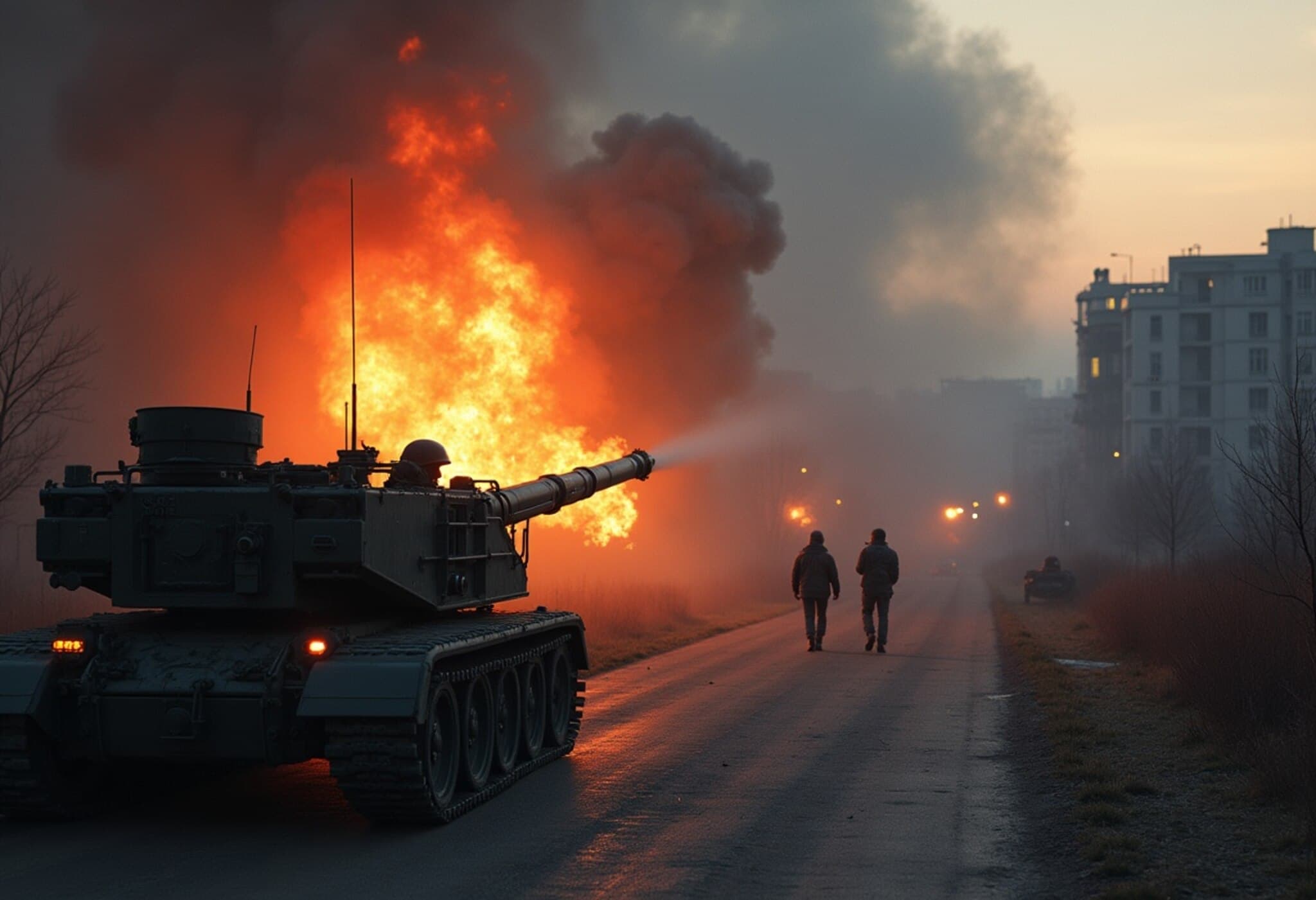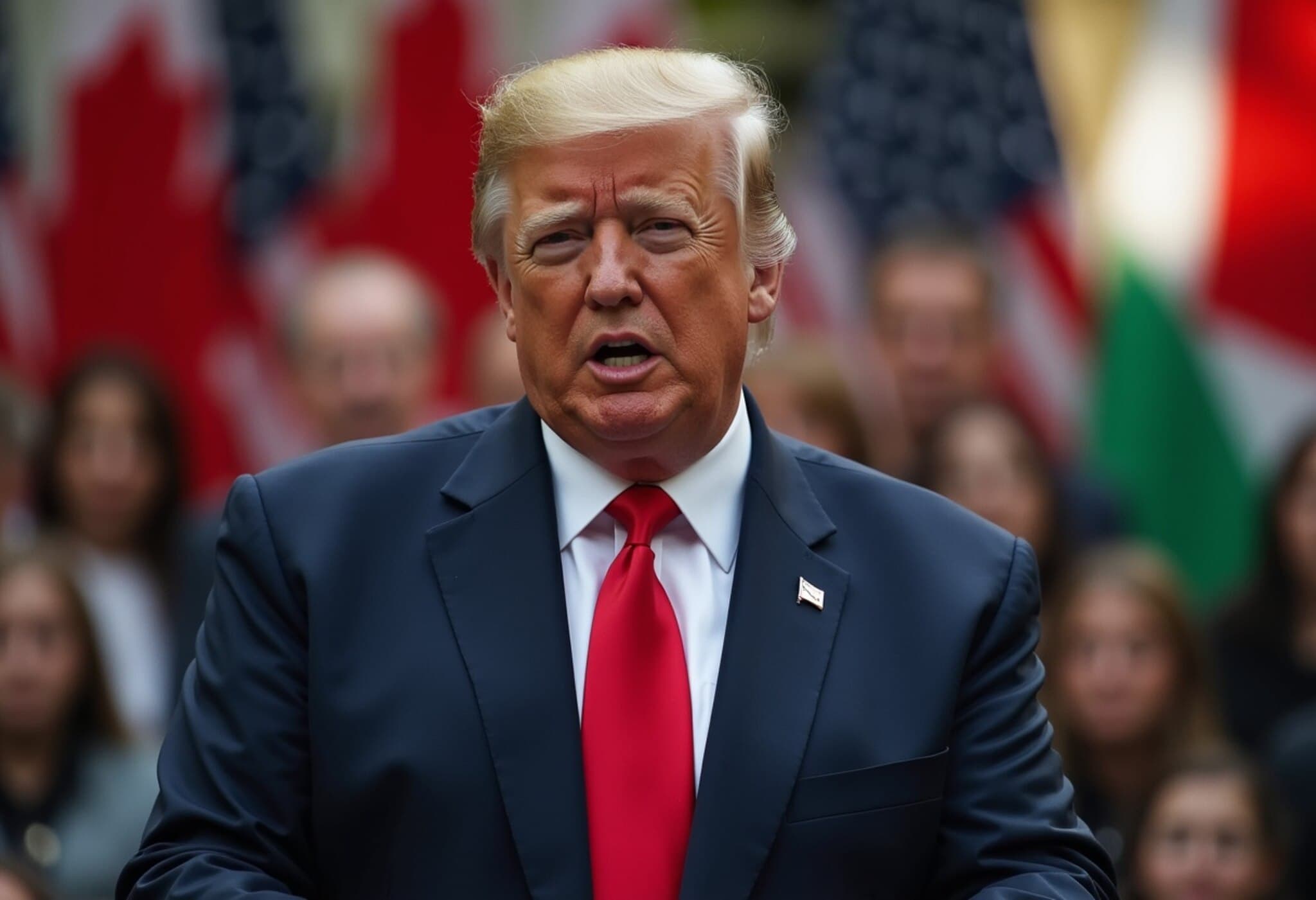Indian-Origin Data Scientist Endures Brutal Racist Assault in Dublin
In a chilling incident that has sent shockwaves through Ireland’s capital, Dr. Santosh Yadav, a senior data scientist of Indian origin, was viciously attacked by a group of teenagers near his Dublin apartment. The assault underscores an alarming surge in racially motivated violence targeting minorities across the city.
Details of the Assault
Dr. Yadav shared his traumatic experience on social media, recounting how six teenagers ambushed him from behind after dinner. The attackers snatched and shattered his glasses before subjecting him to a brutal beating targeting his head, face, neck, chest, hands, and legs. Left bleeding and injured on the pavement, Yadav was able to summon the Gardaí (Irish police), and emergency services rushed him to Blanchardstown Hospital.
Medical evaluations revealed that Dr. Yadav suffered a fractured cheekbone, necessitating referral to specialist trauma care for further treatment.
Surge in Racist Violence Sparks Community Outcry
Dr. Yadav’s pain extends beyond his physical injuries. In his candid post, he emphasized the growing pattern of racist attacks against Indian men and other minority groups throughout Dublin—whether on public transportation, in residential areas, or on the streets. The frequency of these incidents points to a disturbing trend threatening community safety and cohesion.
Equally troubling is his accusation that governmental bodies have remained largely silent and ineffective in responding to these hate crimes, allowing perpetrators to evade justice and perpetuate fear.
Demand for Justice and Public Safety
Calling out key stakeholders, including the Government of Ireland and the Indian Embassy, Dr. Yadav implored authorities to take decisive and visible action. “We deserve to feel safe. We deserve to walk on the streets without fear,” he wrote, encapsulating the urgent plea of many facing similar threats.
Context: A Wider Pattern of Racist Violence in Dublin
This incident is not isolated. Just weeks prior, another Indian man in his 40s was grievously injured in an assault in Tallaght—an event officially categorized as "mindless, racist violence" by local officials. The Gardaí promptly launched an investigation, highlighting rising concerns about racially motivated crimes.
The Indian Ambassador to Ireland, Akhilesh Mishra, reacted strongly to the attacks and criticized the cautious language used by Irish media outlets in describing the assaults. On social media, he questioned: “How can an ‘ALLEGED’ assault cause such horrible injury and bleeding? Aghast at the insensitivity & obfuscation of RTE [Ireland’s national broadcaster]… Hope the perpetrators are brought to justice.”
Expert Insights: The Challenge of Addressing Racist Violence in Ireland
The rise in racially motivated attacks in Dublin signals deeper societal challenges—ranging from xenophobia and integration difficulties to systemic gaps in law enforcement response. Ireland, traditionally celebrated for its hospitality, now faces urgent questions about protecting its increasingly diverse population.
Legal experts stress the importance of robust hate crime legislation and community policing, along with intercultural dialogue initiatives to combat rising intolerance. Policy analysts warn that inertia risks emboldening extremist elements, undermining social harmony and Ireland’s international image as an equitable society.
Underreported Narratives and The Way Forward
- Victim Support: Many victims of racist violence feel marginalized and unheard. Enhanced resources and outreach are essential.
- Media Representation: The terminology and coverage by mainstream media influence public perception—accuracy and sensitivity are critical.
- Government Accountability: Concrete policy measures, transparent investigations, and public condemnation can deter future offenses.
- Community Engagement: Initiatives to build bridges between diverse groups can reduce prejudices fueling violence.
Conclusion
The assaults on Indian-origin community members in Dublin reflect a troubling rise in racial intolerance that demands urgent, multifaceted responses. While victims like Dr. Yadav display remarkable courage in speaking out, systemic and societal commitment is paramount to ensure safety and dignity for all residents.
As Ireland navigates its evolving demographic landscape, the recent spike in racist attacks raises pressing questions about inclusivity, justice, and societal values. How can authorities better protect vulnerable communities while fostering genuine integration? And how does media framing shape these conversations? Readers are encouraged to reflect on these issues and advocate for stronger protections against hate-fueled violence.

